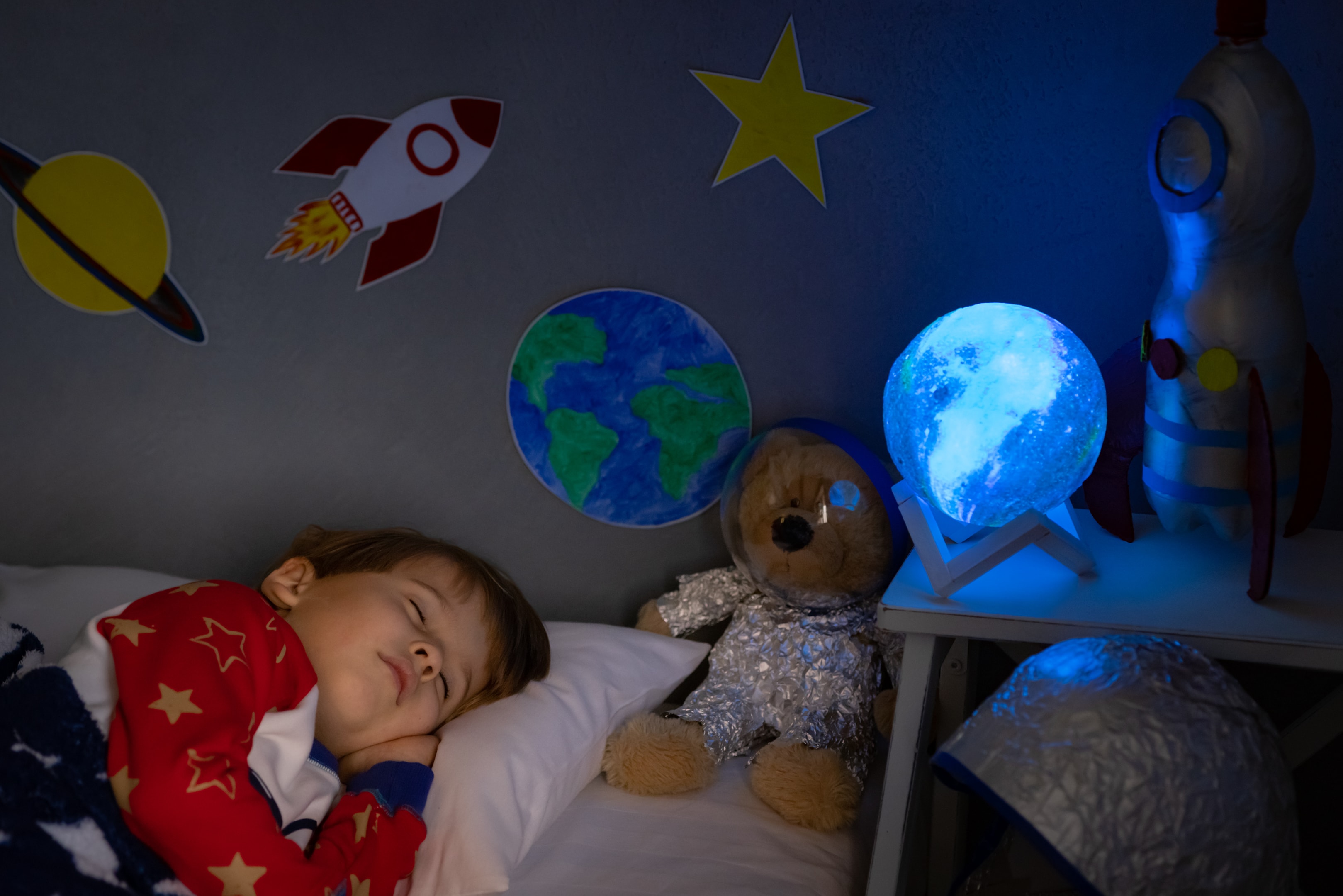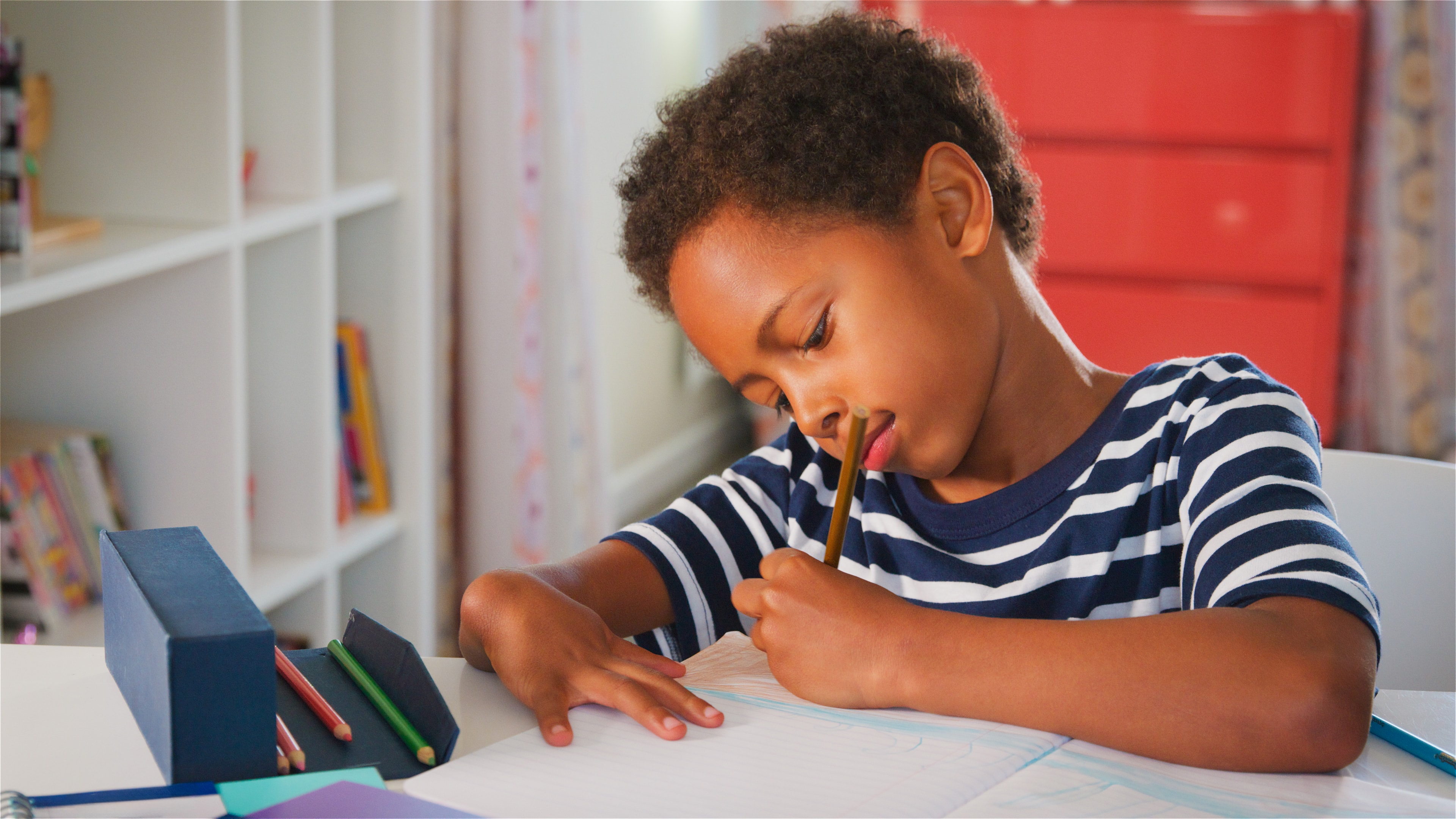You’re Doing Bedtime All Wrong! 11 Proven Tips for Peaceful Nights (With Science to Back It Up!)

Oh my goodness, friends! Can we just talk about bedtime for a minute? That magical time of day when you’re running on fumes, your patience tank hit empty hours ago, and suddenly your sweet child transforms into a tiny lawyer negotiating “just ONE more story!” Sound familiar?
We’ve all been there—those nights when you wonder if your child will ever sleep again or if their bedroom should just become a 24-hour entertainment zone. But here’s the good news: bedtime doesn’t have to be a battle. You can create a calming bedtime routine that works like magic with a few simple tweaks. Let’s dive into scientific bedtime tips for toddlers and reclaim your evening Netflix time!
1. Consistency Is Your Bedtime BFF

Kids thrive on routine—like a cosy blanket for their brains. When bedtime is predictable, their bodies naturally start to wind down. But inconsistency (like skipping steps or changing the schedule) can throw everything off.
The Science: Research from the Sleep Foundation confirms that children with consistent bedtime routines fall asleep faster, wake less during the night, and sleep longer overall. It’s not just parental propaganda—it’s actual science!
Try This Tonight: Pick a bedtime and stick to it every night—even on weekends. Create a simple routine (like bath, pyjamas, story, bed) and follow it in the same order. It might feel repetitive to you, but for your child, it’s reassuring and signals that sleep is coming.
2. Screens Are the Sleep Stealers

We get it—sometimes, that tablet is the only thing keeping you sane during dinner prep. But screens emit blue light that tricks your child’s brain into thinking it’s still daytime, making it harder for them to fall asleep.
The Science: According to the American Academy of Pediatrics, blue light from screens suppresses melatonin production—you know, that magical hormone that tells our bodies, “Hey, it’s sleepy time!” No wonder your child is bouncing off the walls at 9 PM after an episode of Bluey.
Bedtime Game-Changer: Turn off all screens at least an hour before bed. Instead, introduce “bedtime-only” toys or activities like puzzles or colouring books to help them wind down without the glow of a screen.
A Special Note for Parents Who Need Quality Screen Options

If you’re thinking, “But sometimes screens are our sanity savers!” I hear you! That’s why I’m excited to share StorytimeWithKaryn on YouTube—a morning or afternoon activity that fits perfectly into your day.
StorytimeWithKaryn features low-stimulation animation designed to be gentler on developing minds. These videos bring children’s books to life while thoughtfully discussing morals and themes with the characters—perfect for morning learning time or that afternoon “witching hour” when you need to start dinner but your child needs engagement.
Pair viewing with free printable worksheets that accompany each of our YouTube videos on our book club .Your child can even send in their drawings to be featured on the website’s homepage slideshow—a much more meaningful interaction than mindless scrolling.
3. Those Adorable Sleep Crutches Are Future Problems

Remember when your baby would only fall asleep if you bounced on a yoga ball while singing “Baby Shark”? Cute at first—but over time, these “sleep crutches” can make bedtime exhausting for parents.
The Science: Research published in the National Library of Medicine by Mindell et al. found that children who depend on external sleep aids (like rocking or feeding) often struggle to fall back asleep on their own when they wake at night. That’s why your 3-year-old still appears at your bedside at 2 AM.
Gentle Suggestion: Start teaching independence by gradually reducing your involvement at bedtime. For example, if you usually sit by their bed until they fall asleep, move your chair slightly farther away each night until you’re out of the room.
4. Set the Sleepytime Scene

Creating the right environment is key to helping kids fall asleep faster and stay asleep longer. Bright lights and noisy distractions can keep their brains alert when they should be winding down.
Quick Room Reset: Invest in blackout curtains to block out light, keep the room cool (think cosy bear cave), and use a white noise machine to drown out household sounds like clinking dishes or the TV.
5. Avoid the Bedtime Snack Trap

That 7:30 PM declaration of “I’m STARVING!” is often just a clever delay tactic—but some kids genuinely need a light snack before bed to avoid waking up hungry in the middle of the night.
Hunger-Busting Tip: Offer simple snacks like bananas, warm milk, or cheese before brushing their teeth. Avoid sugary treats or anything caffeinated (yes, chocolate counts!).
6. Boundaries Are Comforting

Kids are experts at turning bedtime into an endless negotiation—”Just one more book? One more song? One more drink of water?” But here’s the thing: clear boundaries make kids feel secure.
Boundary Booster: Create a visual bedtime chart that outlines each routine step (e.g., two books, one song, lights out). Stick to it consistently and gently remind them: “This is our special bedtime plan.”
7. The Wind-Down Runway Is Non-Negotiable

Expecting kids to go straight from superhero battles in the backyard to angelic sleeping is like expecting yourself to go from work emails to deep meditation in 30 seconds—it’s just not realistic.
The Science: Research from Nemours Children’s Health shows that calm, screen-free activities before bed help lower cortisol levels (that pesky stress hormone) and prepare the brain for rest. Think of it as a gentle landing strip for your child’s busy brain.
Evening Reset Button: Start winding down an hour before bed with calming activities like puzzles, quiet reading, or a warm bath (bonus: they’ll get clean!). Gradually transition from active play to relaxation so their bodies and minds are ready for sleep.
8. Bedtime Writing: The Magic 10-Minute Worry Buster

One of the biggest reasons kids resist bedtime? Racing thoughts and worries that seem to multiply the moment their head hits the pillow. Introducing a short journaling session before bed can work wonders for anxious little minds.
The Science: Research from the Child Mind Institute shows that writing down thoughts before bed helps clear mental clutter, reduce stress hormones, and prepare the brain for restful sleep. For children, this can be a game-changer in processing the day’s events and releasing worries.
Nighttime Reset: Set aside 10 minutes before story time for your child to jot down thoughts, feelings, or even a simple gratitude list in a special bedtime notebook. Keep it positive and light—this isn’t the time for intense reflection.
Parent-Approved Tip: Kids will fall in love with these Flip & Learn Notebooks that make bedtime writing actually fun. Each page features jokes and fun facts at the top and a flipbook animation in the corner is a unique bonus that will entertain children as they brainstorm writing ideas.


Available in themes like space, sea life, and seasonal options like Christmas and Halloween, these notebooks turn “time to write” into a highlight of the bedtime routine rather than another chore. If you want to get your hand on one of these notebooks, you can find them on our Amazon Author Page.
9. Security Objects Are Magical Sleep Aids

Does your child have a favourite stuffed animal or blanket they can’t sleep without? These comfort items provide security and help kids self-soothe when they wake up at night.
The Science: The American Academy of Pediatrics confirms that security objects create a sense of safety and help children settle down more independently. That ratty stuffed bunny isn’t just cute—it’s a therapeutic tool!
Comfort Creator: Encourage them to pick a special sleep buddy—and consider getting an identical backup in emergencies (we won’t tell them it’s not the original!).
10. When Bedtime Goes Sideways

Some nights will be rough no matter what you do—your child has big feelings about EVERYTHING, and suddenly, you’re questioning whether they’ll ever sleep again.
Sanity Saver: Take a deep breath and reset. Sometimes, saying “Let’s have a do-over” can work wonders for breaking the tension and starting fresh.
11. Self-Soothing Takes Time

Teaching kids how to fall asleep independently is one of those life skills—like potty training—that takes time and patience. It won’t happen overnight (pun intended), but small wins increase over time.
Patience Reminder: Celebrate progress! If they stay in bed all night or fall asleep without help, give them high-fives in the morning or let them pick breakfast as a reward. Positive reinforcement works wonders!
12. Visual Routine Charts: Your New Bedtime BFF

Want to know the ultimate parenting hack for bedtime battles? A visual bedtime routine chart. These brilliant tools transform the nightly power struggle into a structured activity that kids can take ownership of. we recommend that you make one, together with your child, but if you want to buy one, check out our favourite sleep time chart.
The Science: Research from the US department of education shows that visual aids help children understand expectations and build independence. When children can see their routine laid out step by step, they’re more likely to cooperate and less likely to resist.
For younger children, keep it simple with 4-5 steps. Older kids can handle more detailed routines with 6-8 tasks. The magic happens when your child starts to say, “Let me check what’s next on my chart!” instead of “But I don’t WANT to go to bed!”
The Secret Ingredient: Consistency Over Perfection
Here’s the truth no one tells you: peaceful bedtimes aren’t about being perfect—they’re about being consistent. Some nights will feel like magic; others will make you question everything. But if you stick with these tips (and give yourself grace during setbacks), you’ll find your groove.
One day—maybe sooner than you think—you’ll tuck them in, walk out of their room, and realise… they just went to sleep alone like magic.
Now tell me: What’s YOUR biggest bedtime struggle? Or better yet—what’s your secret bedtime success? Share your tips below—we’re all in this together!
Your Top 10 Bedtime Questions Answered: A Sleep-Deprived Parent’s Guide

Let’s face it—when it comes to kids and sleep, we parents have approximately 8,749 questions and absolutely zero time to read dense research papers while simultaneously preventing our toddler from using the dog as a pillow. I’ve gathered your most burning bedtime questions and answered them with a healthy mix of science, sanity, and “been there, done that, have the eye bags to prove it.” Let’s dive in!
1. “How much sleep does my child actually need?” (Or: Why is my kid still bouncing off the walls at 10 PM?)

The magic sleep number varies by age, but healthy sleep habits start with understanding your child’s actual needs:
- Babies (4-12 months): 12-16 hours (including naps)
- Toddlers (1-2 years): 11-14 hours (including naps)
- Preschoolers (3-5 years): 10-13 hours (including naps)
- School-age (6-12 years): 9-12 hours
- Teens (13-18 years): 8-10 hours
Poor sleep doesn’t just create cranky kids—research shows that quality sleep plays a crucial role in brain development, learning, mood regulation, and overall health. That’s right: your child’s going to bed struggles today could affect their heart health tomorrow. No pressure!
2. “What time should my child go to bed?” (Translation: When can I finally watch something other than Bluey?)

Setting a proper bedtime isn’t just about your Netflix schedule—it’s about aligning with your child’s body’s internal clock. A consistent sleep schedule helps maintain their natural circadian rhythm:
- Babies: Usually between 6-8 PM
- Toddlers/Preschoolers: 7-8 PM
- School-age children: 7:30-9 PM
- Teenagers: 9-10 PM (though good luck with that)
The key is consistency—your child’s wake up time should be roughly the same each day, even on weekends. This helps establish a predictable internal clock and improves sleep quality. And yes, this means your Saturday morning sleep-in dreams might need to be postponed for, oh, about 18 years.
3. “How do I establish a bedtime routine that actually works?” (Without losing my mind in the process)

Creating an effective nighttime routine doesn’t require Pinterest-worthy charts (though if that’s your thing, go for it). Research shows a consistent sleep routine helps children fall asleep faster and improves overall sleep quality. Here’s a simple framework:
- Start 30-45 minutes before the set bedtime
- Include calming activities (bath, books, gentle music)
- Minimize stimulation (dim lights, quiet voices)
- Follow the same sequence every night
- End with a consistent goodbye ritual (same phrase, hug, or kiss)
Pro tip: Your bedtime writing of a to-do list for tomorrow might help ease anxiety about the next day, but for kids, a simple “we’ll handle that tomorrow” works wonders. The bedroom environment should signal “it’s sleep time” to their brain—not “let’s negotiate for 45 more minutes of playtime.”
4. “Why does my child fight bedtime like it’s an Olympic sport?” (Even when they’re clearly exhausted)

Ah, bedtime resistance—where children suddenly develop lawyer-level negotiation skills and an urgent need to discuss existential questions. Common reasons include:
- Fear of missing out: Excitement about what happens after they go to bed
- Separation anxiety: Difficulty being apart from you
- Testing boundaries: Because that’s literally their job description
- Overstimulation: Electronic devices before bed can make it difficult falling asleep
- Overtiredness: Being too tired actually makes it harder to fall asleep
Remember that spending time addressing their concerns (briefly) shows respect while maintaining boundaries. “Yes, I understand you’re worried about sharks in your bed. Let’s check once, and then it’s sleeping time.” Mindfulness meditation techniques modified for kids can help them learn to quiet racing thoughts at bedtime.
5. “How can I help my child fall asleep faster?” (Before I fall asleep in their doorway)

When trouble sleeping becomes your nightly battle, try these sleep tips to improve sleep quality:
- Create a sleep-inducing environment: Cool room (65-70°F), minimal noise, comfortable bedding
- Try relaxation techniques: Breathing exercises, progressive muscle relaxation, or calming music
- Limit food and drink close to bedtime: No one sleeps well going to bed hungry, but a full bladder or sugar rush won’t help either
- Expose them to natural light during the day: This helps regulate their internal clock
- Introduce a security object: A special stuffed animal or blanket can provide comfort
Many parents find that ambient sounds or white noise can mask household noises and create a consistent sound environment. Just avoid anything too interesting—that “rainforest sounds” track with random monkey screeches might not be your best choice.
6. “What should I do if my child wakes up during the night?” (Besides questioning all my life choices)

Night wakings are normal—even adults cycle through light and deep sleep phases. The key is teaching your child to self-soothe back to sleep:
- Check for basic needs: Hungry? Wet diaper? Too hot/cold?
- Keep interactions brief and boring: Limited talking, minimal light
- Stay consistent with your approach: Changing strategies creates confusion
- Return them to their own bed: If they’ve wandered into yours
- Acknowledge fears without fueling them: “I checked, no monsters. You’re safe.”
Restful sleep often depends on a child’s ability to connect sleep cycles independently. Each time you rush in at the first whimper, you might be reinforcing the need for your presence to resume sleep. Practicing mindfulness during the day can help children develop skills to manage nighttime anxiety.
7. “Should I let my child sleep in my bed?” (Or will I ruin them forever?)

Co-sleeping (sharing your sleeping space) is one of those parenting topics that everyone has strong opinions about. Here’s what matters for your family’s well-being:
- Safety first: Follow safe sleep guidelines, especially for infants
- Consider your family’s sleep quality: Is everyone actually sleeping better?
- Cultural context: Many cultures practice family bed-sharing without issue
- Long-term plans: Having a transition strategy for eventually sleeping separately
- Partner agreement: Both parents should be on the same page
There’s no one-size-fits-all answer here. Some families thrive with co-sleeping, while others find their mental health and relationships suffer. The most important factor is that everyone gets enough sleep in a safe environment. And no, you won’t ruin your child forever with either choice.
8. “How do I handle nightmares or bedtime fears?” (Without becoming a full-time monster inspector)

Nighttime fears are a normal developmental phase that can disrupt sleep patterns and make going to bed a battle. Try these approaches:
- Validate feelings without reinforcing fears: “I understand you’re scared. Let’s make a plan.”
- Empower them with solutions: A special “brave” stuffed animal, a “monster spray” (water in a spray bottle), or a nightlight
- Teach the difference between real and imaginary: Without dismissing their genuine feelings
- Create a sense of security: Predictable routines help children feel safe
- Limit scary media content: Those “harmless” cartoons can have a surprising impact
Remember that spending time helping them process fears during daylight hours can ease anxiety at night. A few minutes of “worry time” after dinner might prevent an hour of bedtime drama later.
9. “When should I stop naps or adjust nap schedules?” (Because I really need that midday break)

Nap transitions can throw your entire sleep schedule into chaos if not handled strategically. While every child is different, here are general guidelines:
- 12-18 months: Typically transition from two naps to one
- 3-5 years: Many children still benefit from an afternoon rest period
- 5+ years: Most children drop naps entirely, though quiet time remains valuable
Signs your child might be ready to adjust naps include:
- Taking too long to fall asleep at naptime
- Napping too late disrupts nighttime sleep
- Fighting bedtime or taking a long time to fall asleep at night
- Early morning wakings
The key is to watch how naps affect nighttime sleep. Limit naps that end too close to bedtime, as they can make falling asleep at night more difficult. And yes, it’s normal to mourn the loss of that peaceful afternoon break—may your coffee be strong and your patience stronger.
10. “How do screens really affect my child’s sleep?” (Please don’t make me take away the iPad)

I hate to be the bearer of bad news, but those electronic devices are probably sabotaging your bedtime efforts:
- Blue light exposure suppresses melatonin: Making it harder for your child to feel sleepy
- Content can be stimulating: Even “relaxing” shows can keep brains active
- Screens become sleep associations: Leading to difficulty falling asleep without them
- They delay bedtime: “Just one more video” is never just one
Research consistently shows that screen time close to bedtime correlates with:
- Longer time to fall asleep
- Reduced sleep duration
- More night wakings
- Lower sleep quality
The American Academy of Pediatrics recommends turning off screens at least 60 minutes before bedtime. Instead, try reading physical books, listening to gentle music, or practicing simple mindfulness exercises like focusing on breath or progressive muscle relaxation.
The Bottom Line: Sleep Matters More Than You Think
Quality sleep isn’t just about ending your daily parenting shift—it fundamentally affects your child’s development, learning, mood regulation, and heart health. Establishing healthy sleep habits now sets the foundation for good health and well-being throughout their lives.
And remember: perfect sleep doesn’t exist. Even adults have trouble sleeping sometimes. The goal isn’t perfection but creating a sustainable rhythm that works for your unique family. Some nights will be disasters, and that’s okay. Tomorrow is always another chance to try again—hopefully after you’ve had at least a few hours of deep sleep yourself.
What’s your biggest bedtime challenge? Share in the comments—because sometimes knowing we’re all in this sleepless boat together is the most comforting thing of all!
Disclosure: This article contains affiliate links. Purchasing through these links costs you nothing extra, but we earn a small commission. 100% of these earnings fund educational initiatives for school children in lower socio-economic communities across the Philippines, providing books, supplies, and classroom resources. By shopping sustainably through our links, you’re supporting both the planet and a child’s future.



